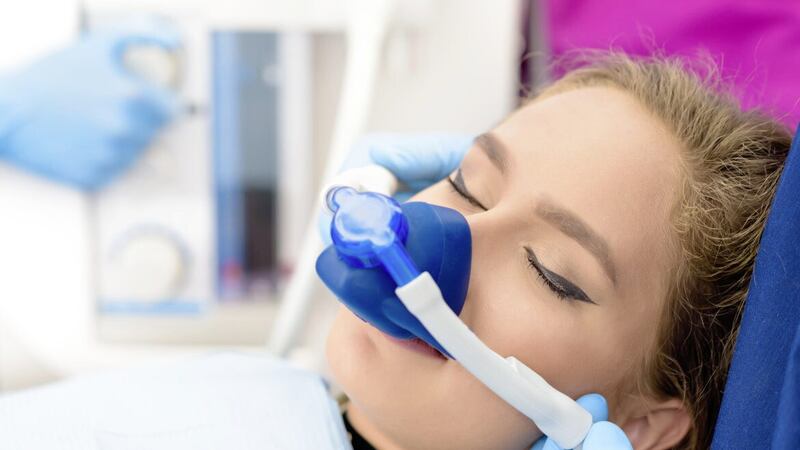IN 1884, a shop clerk attended one of the popular laughing gas parties of the time and while under the influence of nitrous oxide staggered into a bench and badly cut his leg.
Dentist Horace Wells, who was at the soirée, keenly observed that the clerk did not experience pain until the effects of the gas had worn off.
Up until that moment dental patients had to endure extreme amounts of pain to alleviate toothaches.
Wells was quick to realise the potential of this merriment-providing gas for dental patients.
Without a moment to lose the very next day, and as was the custom of scientists in that era, he experimented on himself and had a fellow dentist extract one of his own molars while inhaling the relaxing vapours to prove the point.
Thanks to Wells's pluckiness, nowadays nitrous oxide gas is still a firm favourite with nervous dental patients, from children to the elderly, as it only takes 20 seconds from when you start to breathe the gas until it reaches the brain to block the pain receptors.
The gas has the dual effect of relieving pain during treatment while enveloping the body in a pleasant, warm, floaty feeling leaving the tips of the toes and fingers tingling.
You simply aren’t as aware of having your teeth numbed up and your mind wanders to other places as the treatment is carried out.
Once the procedure is complete (helpfully this appears quicker than reality under sedation) the patient breathes in oxygen to return the brain to its original state, allowing the patient to go about their day normally.
Joseph Priestley, who originally discovered nitrous oxide (as well as oxygen and carbon dioxide) in 1772, would surely be tickled to learn that his impressive chemistry breakthrough was currently being put to use making whipped cream in a can - hence the slang term, 'whippets', for nitrous oxide canisters.
Nitrous oxide sedation used in dental practices is strictly and safely controlled.
Overuse of nitrous oxide devastates the body stripping delicate nerves, leaving a person at best with numb hands and feet or worse paralysed and even dead due to extreme vitamin B12 depletion that can occur.








